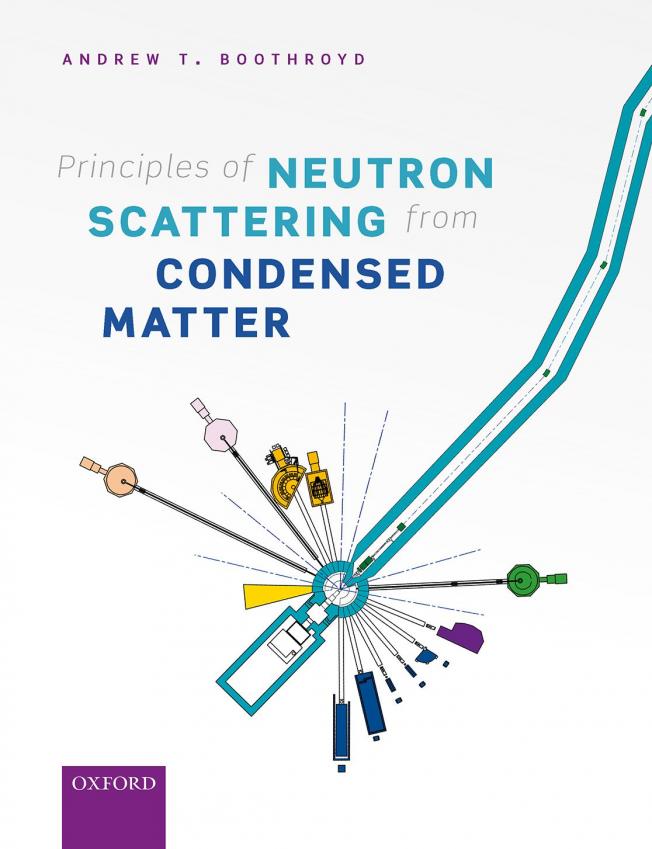Analysis of local chemical and structural inhomogeneities in FeySe1−xTex single crystals
Applied Physics Letters AIP Publishing 99:19 (2011) 192504
Femtoscale magnetically induced lattice distortions in multiferroic TbMnO3
(2011)
Cu3 Nb2 O8 : A multiferroic with chiral coupling to the crystal structure
Physical Review Letters 107:13 (2011)
Abstract:
By combining bulk properties, neutron diffraction, and nonresonant x-ray diffraction measurements, we demonstrate that the new multiferroic Cu 3Nb2O8 becomes polar simultaneously with the appearance of generalized helicoidal magnetic ordering. The electrical polarization is oriented perpendicularly to the common plane of rotation of the spins-an observation that cannot be reconciled with the conventional theory developed for cycloidal multiferroics. Our results are consistent with coupling between a macroscopic structural rotation, which is allowed in the paramagnetic group, and magnetically induced structural chirality. © 2011 American Physical Society.Bilayer manganites reveal polarons in the midst of a metallic breakdown
Nature Physics (2011)
Abstract:
The origin of colossal magnetoresistance (CMR) in manganese oxides is among the most challenging problems in condensed-matter physics today. The true nature of the low-temperature electronic phase of these materials is heavily debated. By combining photoemission and tunnelling data, we show that in the archetypal bilayer system La 2-2x Sr 1+2x Mn 2 O 7 , polaronic degrees of freedom win out across the CMR region of the phase diagram. This means that the generic ground state of bilayer manganites supports a vanishing coherent quasi-particle spectral weight at the Fermi level throughout k-space. The incoherence of the charge carriers, resulting from strong electron-lattice interactions and the accompanying orbital physics, offers a unifying explanation for the anomalous charge-carrier dynamics seen in transport, optics and electron spectroscopies. The stacking number N is the key factor for true metallic behaviour, as an intergrowth-driven breakdown of the polaronic domination to give a metal possessing a traditional Fermi surface is seen in this system.Femtoscale magnetically induced lattice distortions in multiferroic TbMnO₃.
Science 333:6047 (2011) 1273-1276


